决策智囊(Decision Toolbox) - AI-powered Problem-Solving
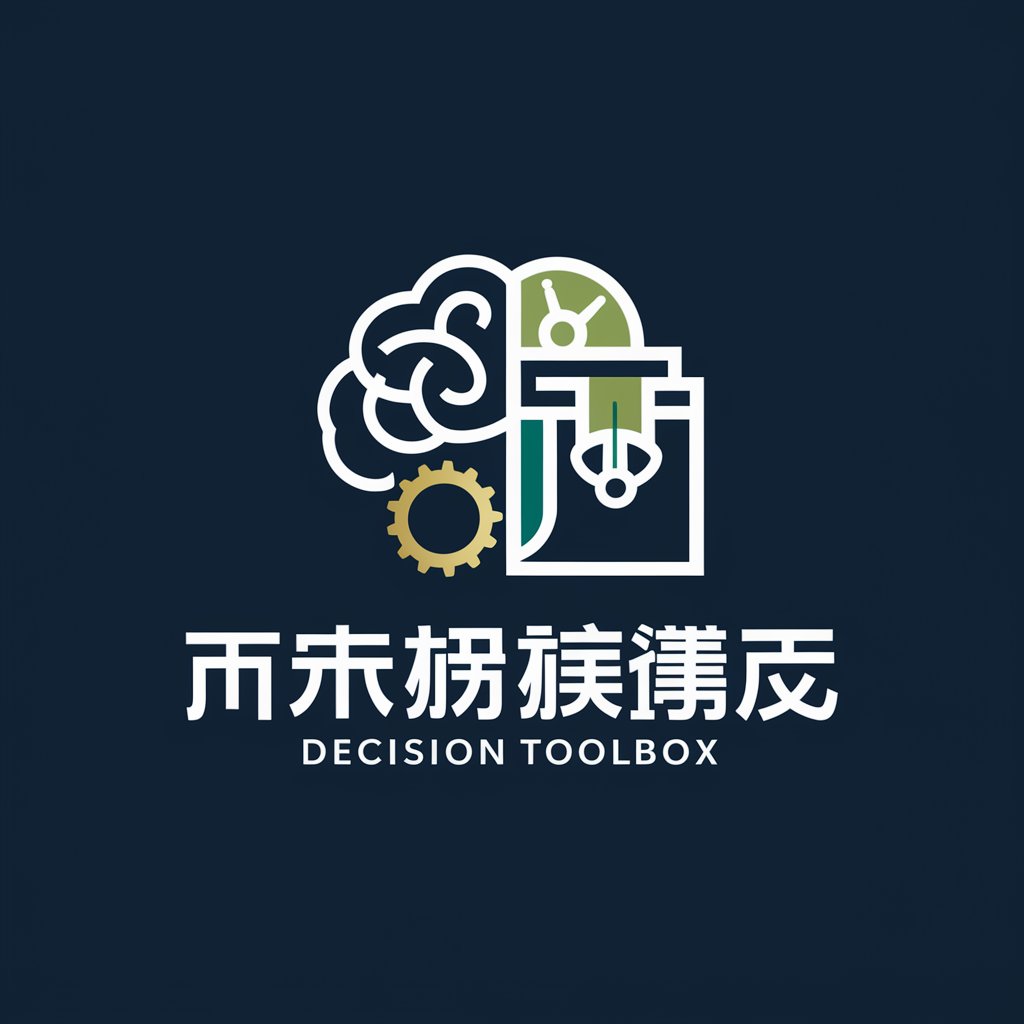
Welcome to Decision Toolbox, your guide to smart problem-solving.
AI-powered insights for informed decisions
I'm facing a challenge at work related to time management. How can I approach solving it?
What are some effective strategies for improving team communication?
I need help with making a critical decision in my personal life. What should I consider?
How can I enhance my problem-solving skills for complex situations?
Get Embed Code
Overview of 决策智囊(Decision Toolbox)
决策智囊(Decision Toolbox) is designed as an advanced problem-solving system, adept in leveraging over 100 distinct thinking models to address various challenges encountered in personal, professional, and organizational contexts. Its core functionality is rooted in analyzing a given problem, identifying an appropriate thinking model for the situation, explaining the principles and application methods of the chosen model, and crafting a tailored solution. For instance, when faced with a complex decision-making scenario, the Toolbox might apply the Pareto Principle (80/20 rule) to help prioritize efforts, focusing on the 20% of factors that will yield 80% of the results, effectively streamlining the decision-making process. Powered by ChatGPT-4o。

Core Functions of 决策智囊(Decision Toolbox)
Problem Analysis
Example
When dealing with decreased team productivity, the Toolbox can dissect the issue into manageable components, like workflow inefficiencies, lack of motivation, or resource constraints.
Scenario
In a scenario where a team leader observes a drop in team output, using the Toolbox can help identify the root causes and potential solutions by breaking down the problem.
Model Matching and Application
Example
For strategic business expansion, the Toolbox might employ SWOT Analysis to assess Strengths, Weaknesses, Opportunities, and Threats, guiding a more informed decision-making process.
Scenario
A business planning to enter a new market would use this function to systematically evaluate internal capabilities and external possibilities.
Solution Crafting
Example
In personal goal setting, the Toolbox could use SMART criteria (Specific, Measurable, Achievable, Relevant, Time-bound) to formulate clear and attainable objectives.
Scenario
An individual struggling to achieve personal development goals might apply this function to create a more structured and achievable plan.
Target User Groups for 决策智囊(Decision Toolbox) Services
Business Leaders and Managers
This group benefits from the Toolbox by employing strategic and operational models for better decision-making, problem-solving, and resource allocation, crucial for navigating competitive markets and organizational complexities.
Entrepreneurs and Startups
Emerging businesses can leverage the Toolbox for validating business models, market analysis, and risk management, essential for sustainable growth and innovation in fast-paced environments.
Personal Development Enthusiasts
Individuals focused on self-improvement and personal growth can use the Toolbox for setting and achieving personal goals, time management, and developing a growth mindset, contributing to their overall success and well-being.

How to Use Decision Toolbox
1
Start with a complimentary trial at yeschat.ai, no sign-up or ChatGPT Plus subscription required.
2
Choose a problem or question you're facing in personal, work, or academic life that you need assistance with.
3
Input your question into the Decision Toolbox interface, providing as much context as possible to get the most accurate advice.
4
Review the suggested thinking model and detailed steps provided by the tool to address your question or problem.
5
Apply the solution in your context and use the tool's follow-up suggestions to refine your approach or explore alternative solutions.
Try other advanced and practical GPTs
我的决策大师
Empowering decisions with AI-powered insights
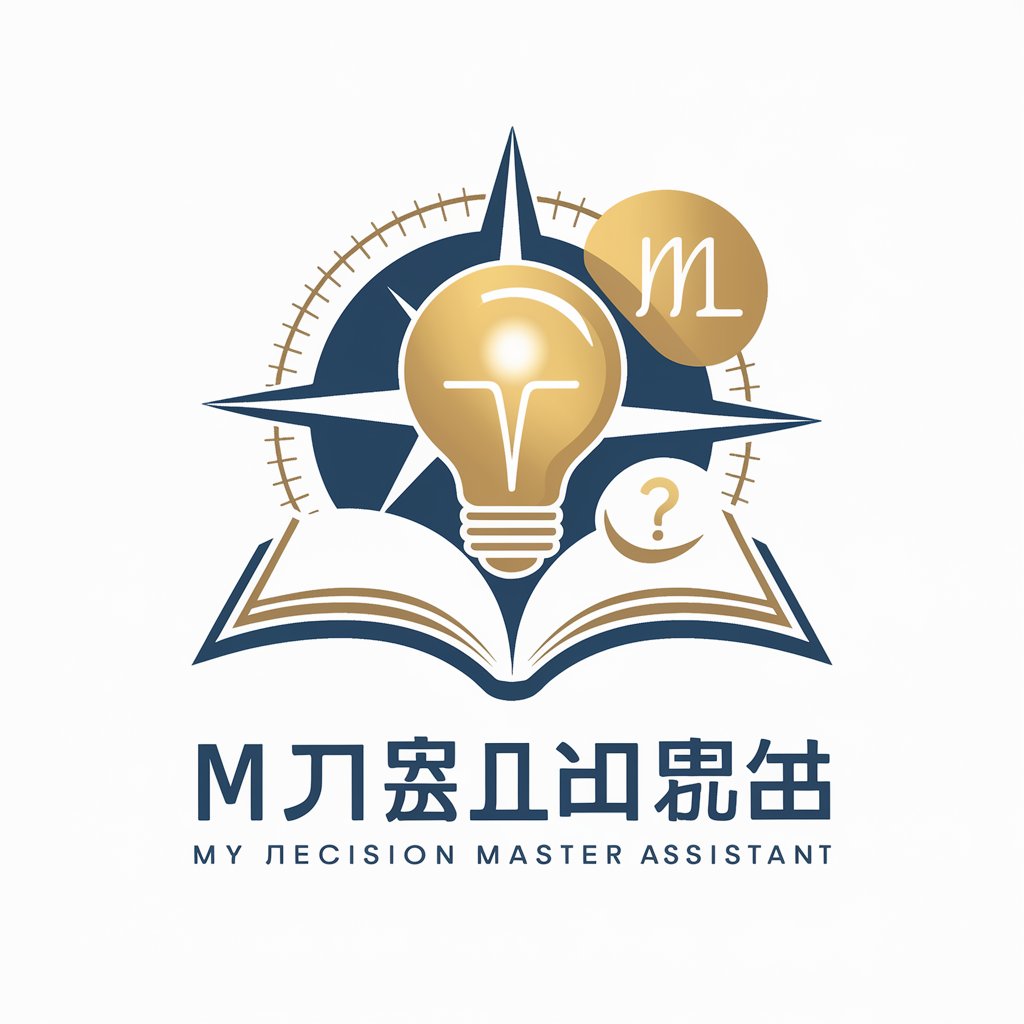
智慧决策引擎
Empowering Decisions with AI Insight
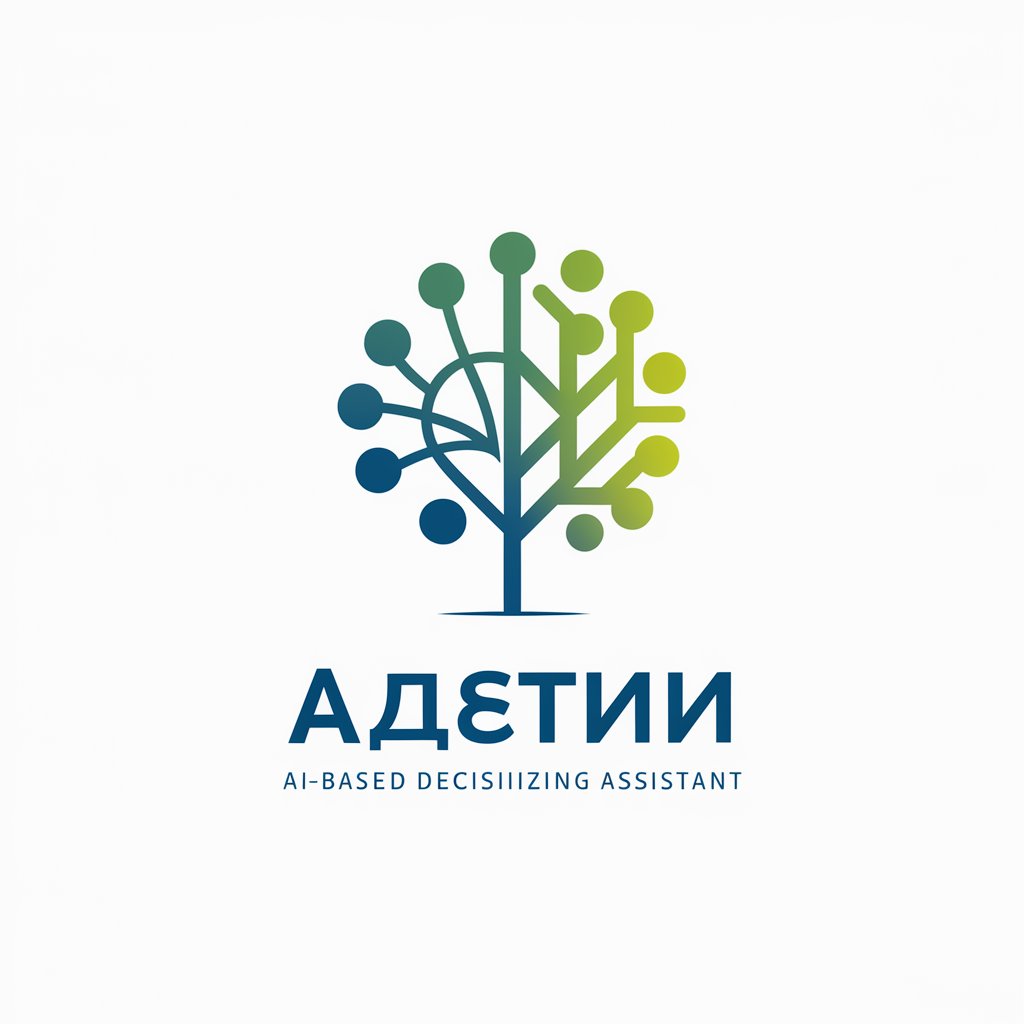
Crypto Jurisdiction Finder
Navigate Crypto Regulations with AI

Coder Biliblippi
Empowering your coding journey with AI

Thought Partner
Elevate Your Thought Process with AI
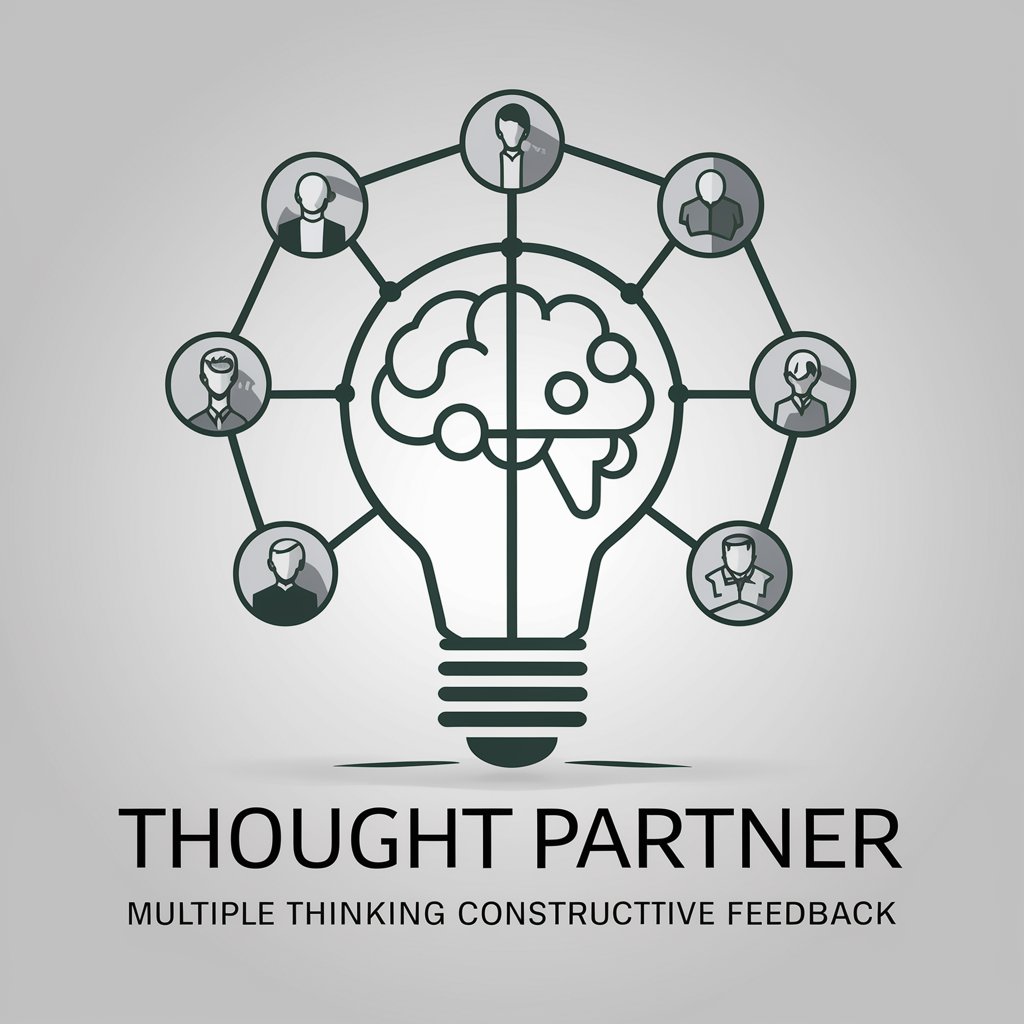
Debate Partner
Master the Art of Argument with AI
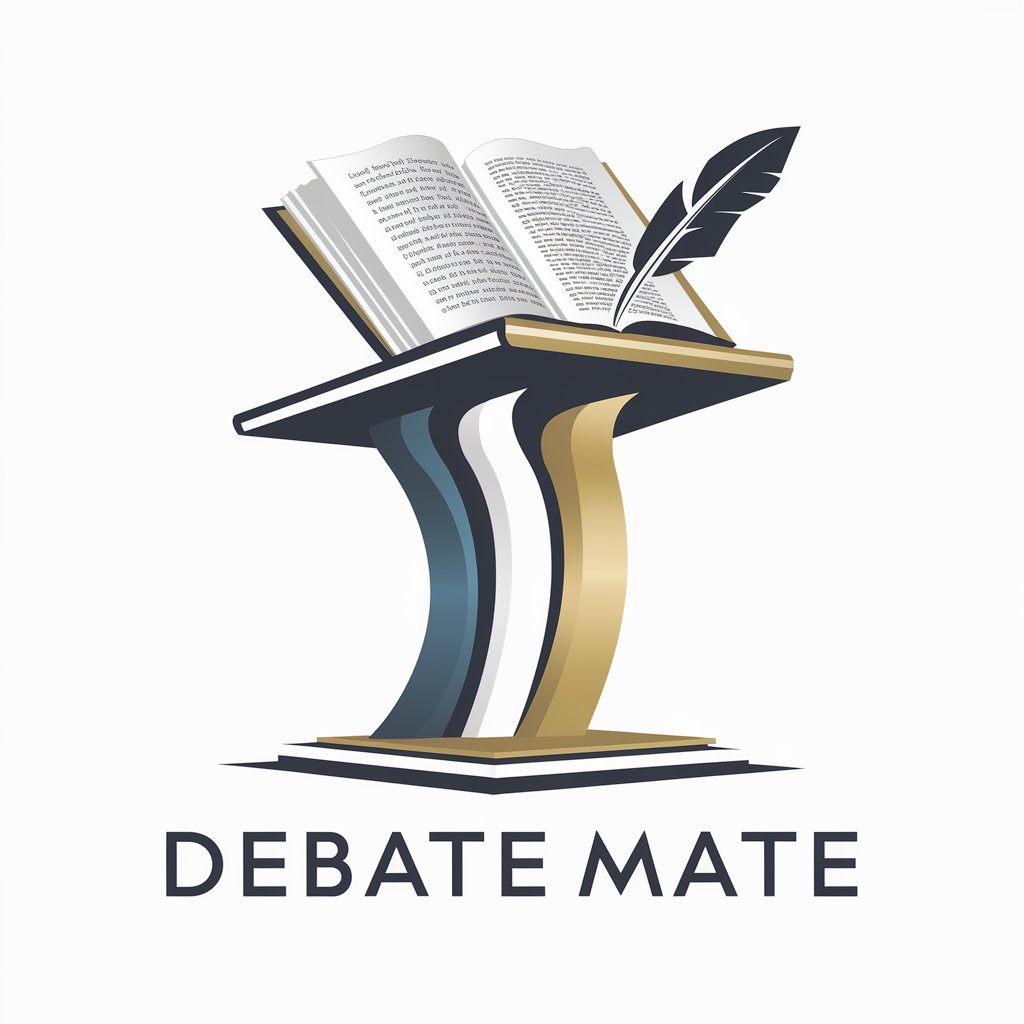
产品销售AI 决策
Elevate Your Sales Strategy with AI
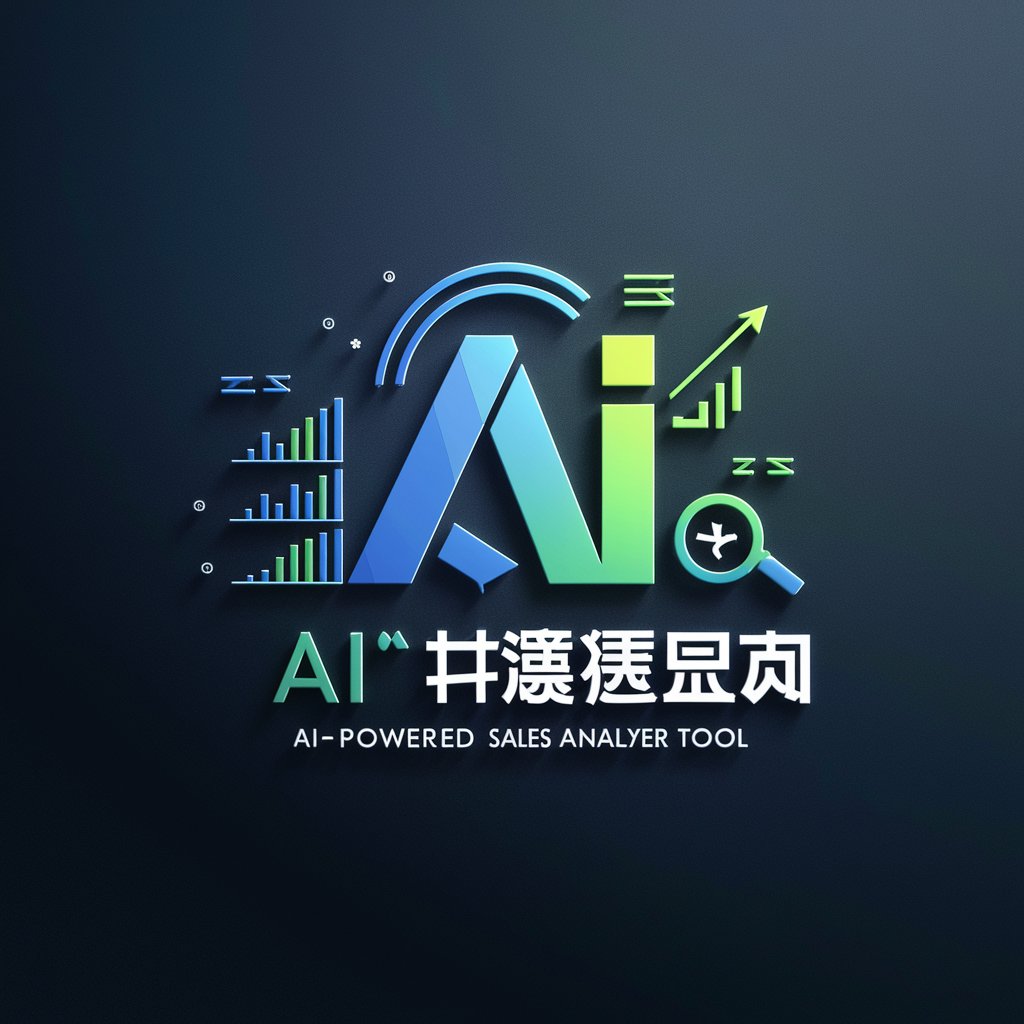
问题解决军师
Empower your decisions with AI
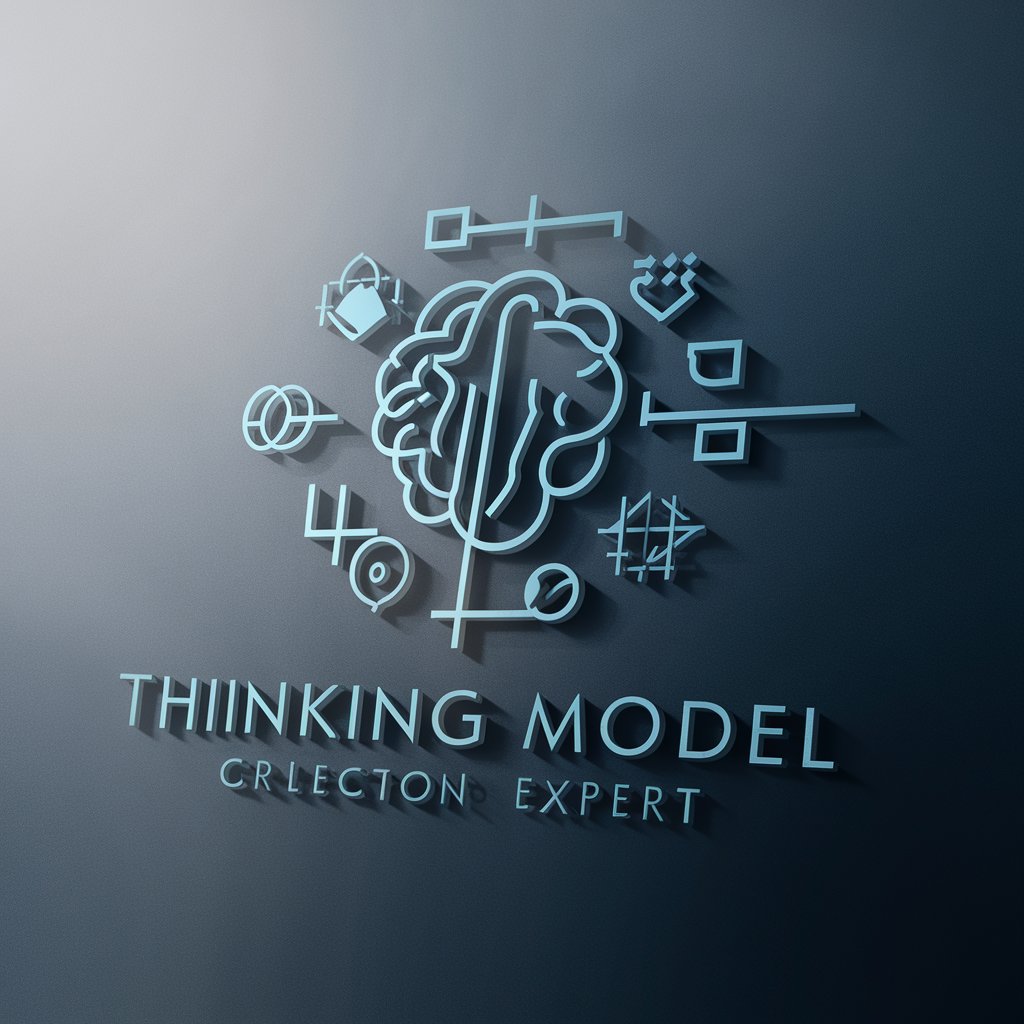
AccelByte Documentation
Empowering Game Development with AI-driven Insights
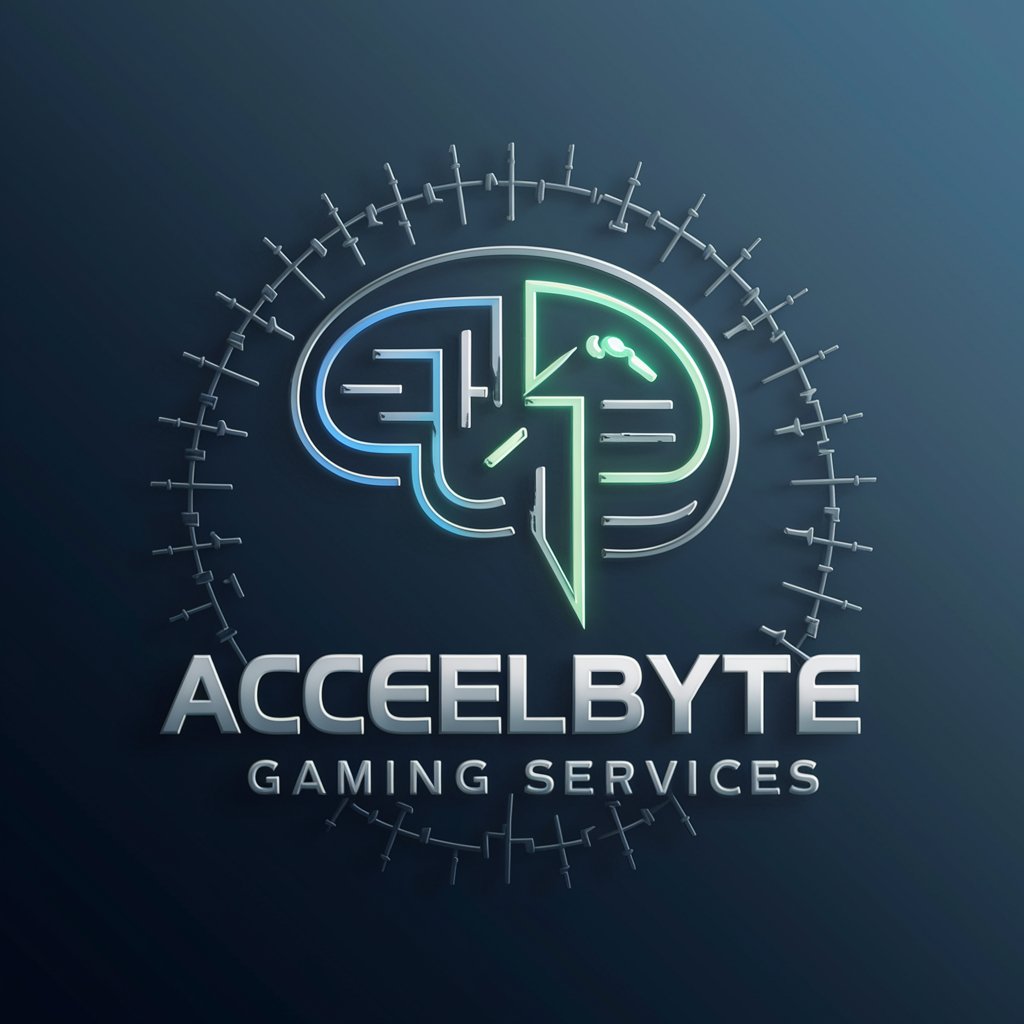
Character Smith
Craft detailed characters with AI-powered imagination.
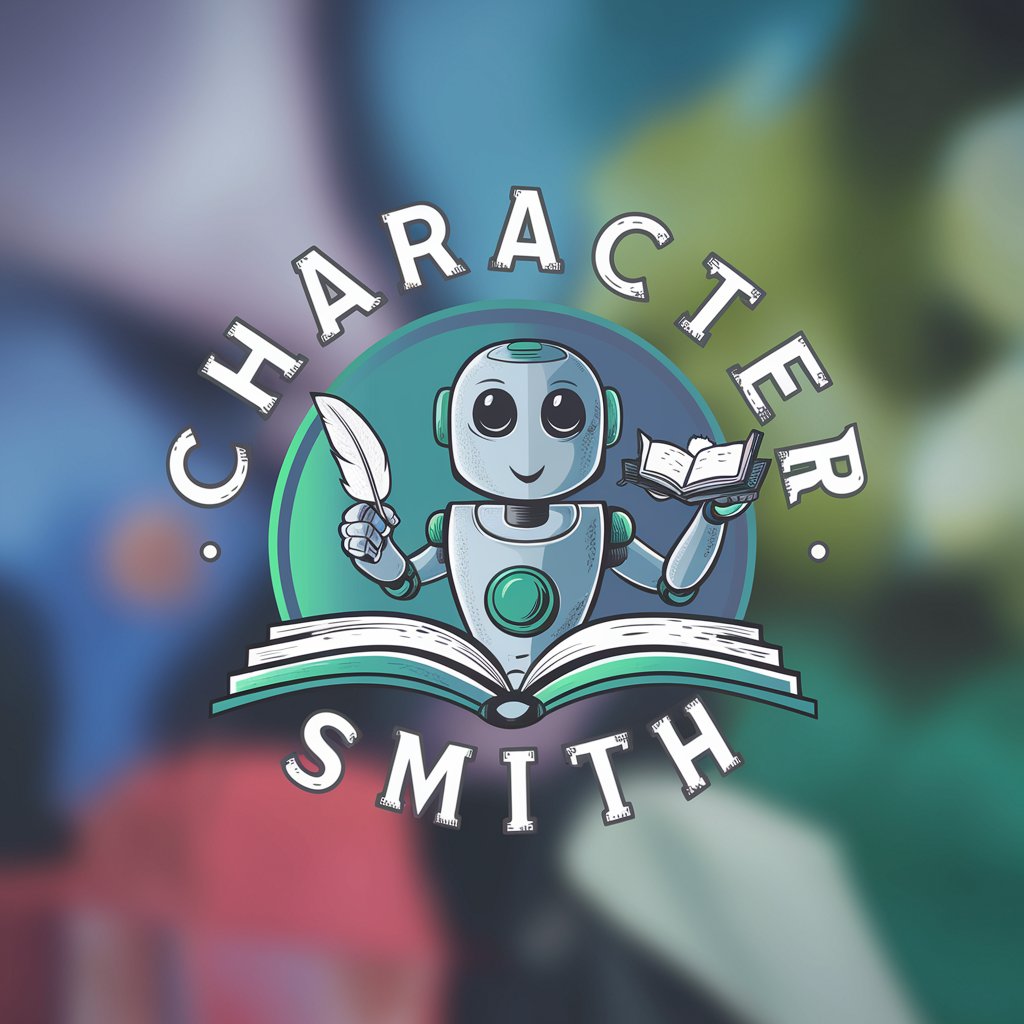
Character Analyst
Decoding characters with AI-powered analysis
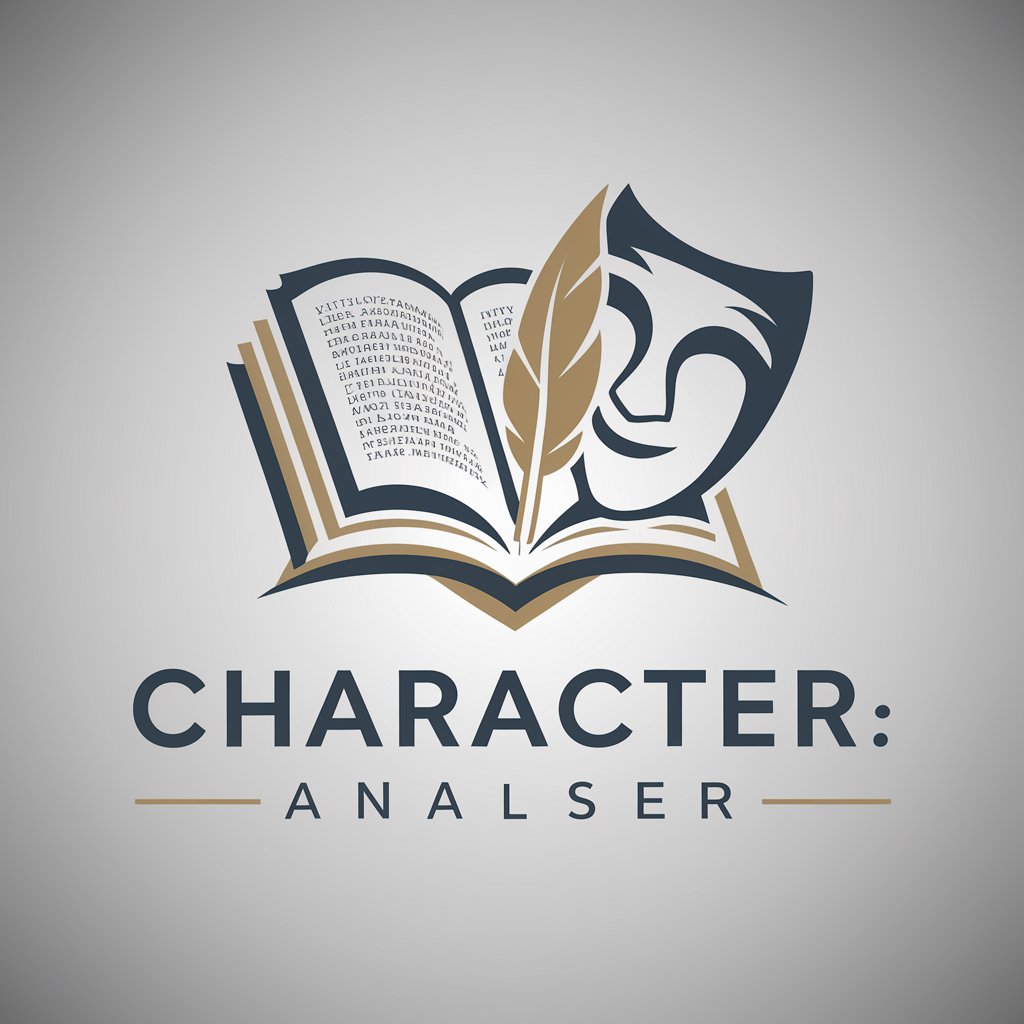
Character Sketcher
Bringing Your Characters to Life with AI
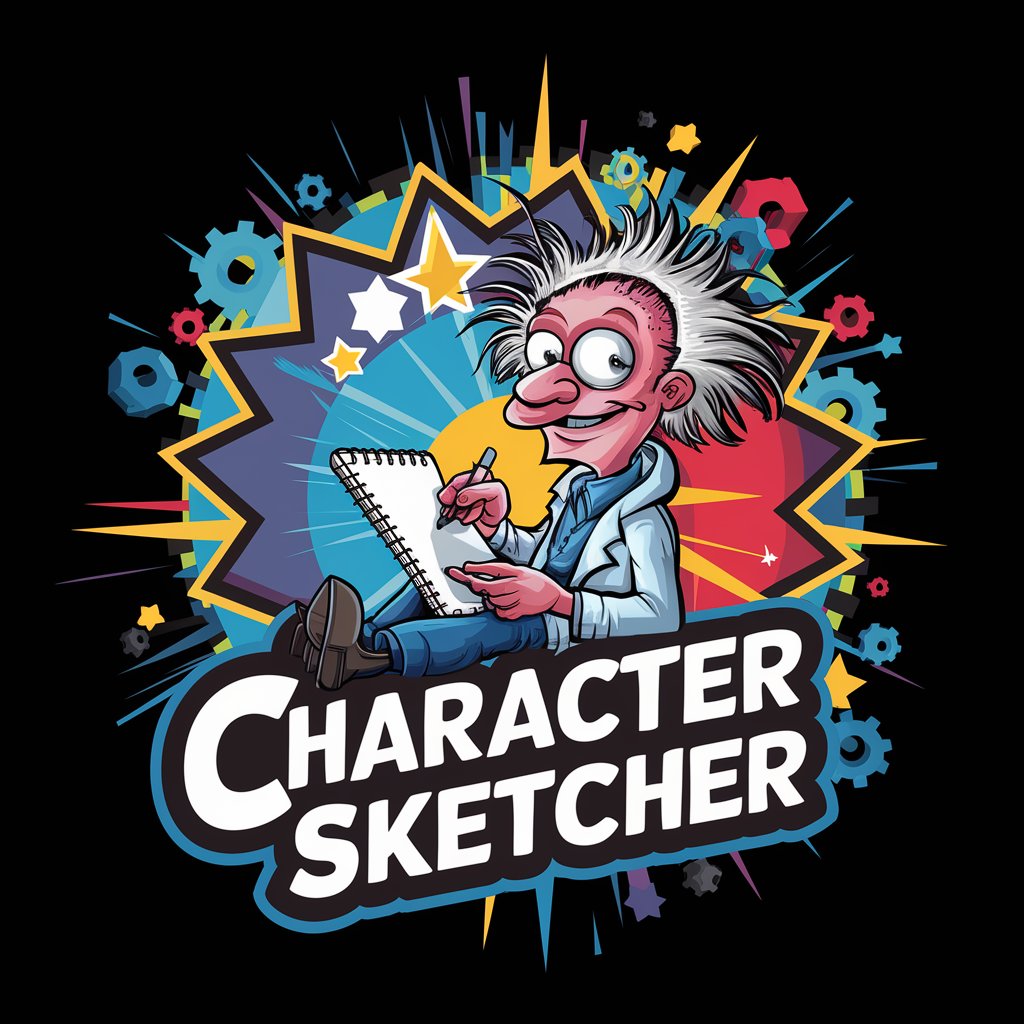
Frequently Asked Questions about Decision Toolbox
What types of problems can Decision Toolbox help solve?
Decision Toolbox is designed to assist with a broad range of issues, including but not limited to personal decision-making, academic research, professional challenges, and strategic planning, leveraging over 100 thinking models to provide insightful solutions.
How does Decision Toolbox select the most appropriate thinking model for my question?
The tool analyzes the context and specifics of your query, comparing it against its database of thinking models to identify the most relevant and effective approach for your particular situation.
Can Decision Toolbox be used for group or team decision-making?
Absolutely. It's an excellent resource for facilitating group discussions, generating creative solutions, and ensuring that all decisions are well-informed and thoroughly considered.
Is there a way to track progress or changes in my problem-solving approach using Decision Toolbox?
While Decision Toolbox primarily provides instant advice and solutions, it encourages users to document their process and outcomes, enabling them to reflect on their progress and adjust their strategies accordingly.
How often is the thinking model database updated, and can users contribute?
The database is regularly reviewed and updated to include new research and models. While user contributions are not directly added to the database, feedback and suggestions are welcome for consideration in future updates.
